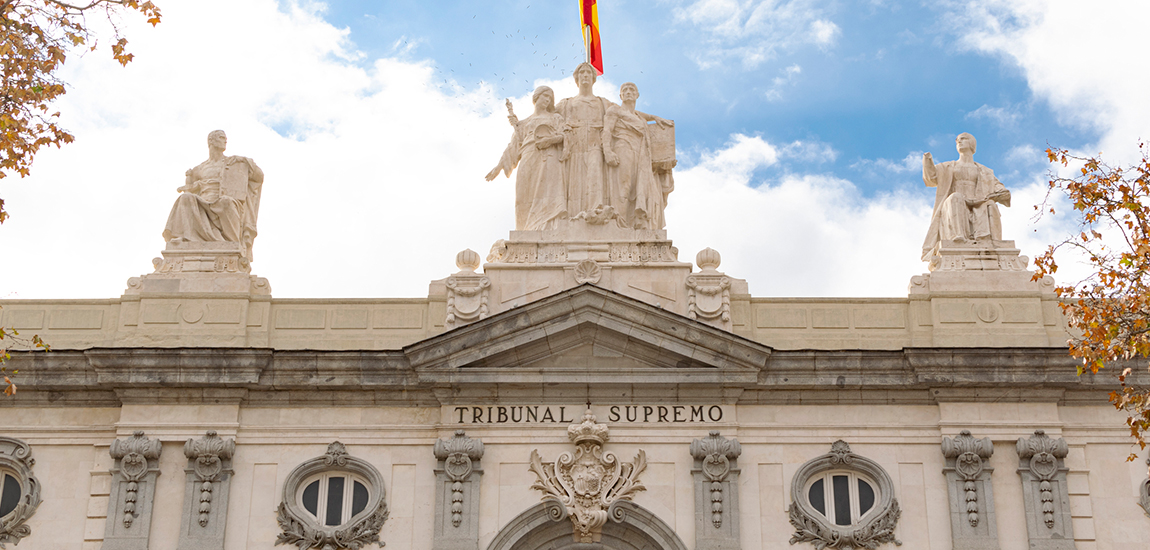The Supreme Court has recently issued several judgments of great importance on the application of articles 13, 15 and 16 of the General Tax Law (hereinafter GTL), judgments that also affect the application of the doctrine of the so-called “second shot”.
The most prominent judgments are that of April 29, 2025, two of May 5 and May 14 Sep 2025 (on the application of these rules in the system of modules or the simplified system in VAT), two others of May 6 and May 12 Sep 2025 (in relationship with procurement of own shares), and, finally, two judgments of May 26 and May 28 of 2025, which have an apparently different result.
These judgments confirm and reinforce the jurisprudence that arose with the two judgments of 2 July and a third of 22 July 2022, according to which the rules contained in Articles 13, 15 and 16 of the GTL are not interchangeable in their application, and the Administration must specify which of them is the basis for their regularization. In addition, Article 13 of the GTL, which includes the principle of classification, has a use limited to those cases in which a business is classified, or rather reclassified, regardless of the form and name given to it by the parties, but without questioning its structure or the circumstances in which it has been concluded.
Thus, in the judgment of 29 April, the Supreme Court denies that Article 13 allows the reclassification of income derived from an investment made by a Spanish company in another entity with residence in Luxembourg, which in turn invested in a property located in France. The Administration had understood that this investment was not a participation in equity, for the purposes of the application of Article 21 of the LIS, but a transfer of capital, given the conditions agreed for the intervention of the financial institution promoting the investment. In addition, in the judgments of May 5 and 14, 2025, in a case similar to that resolved in the judgments of July 2 and 22, 2022, the High Court rejects that the Administration can attribute an income to a person without the intervention of an interposed entity to maintain the application of the system of modules in Personal Income Tax.
However, in these judgments the Supreme Court goes a step further, compared to what had been happening in the judgments, already many, relating to the football players’ agents, in which it was understood that the procedural moment had not come to advance which legal basis would have been the appropriate one instead of article 13 of the GTL. It is now stated that, in the case of the entity that invests in another entity with residence in Luxembourg, we would be facing a conflict in the application of the rule, so that the liquidation would be null and void as it had been issued without following the procedure established in Articles 15 and 159 of the GTL. The same pronouncement appears in the judgments of May 6 and 12, 2025, with respect to a purchase of treasury shares, in which it is appreciated, as had already been done in the judgment of July 23, 2023, that the application of Article 15 of the GTL has been avoided, with the consequence, now, of nullity of full right. This radical nullity is mentioned, but without the necessary clarity, when, in the judgments of 5 and 14 May, the existence of simulation in that instrumental entity in which the operations of a natural person are located is admitted. However, the Supreme Court rejects that, if the Administration acted under the cover of Article 13, it may then be a court that assesses alternatively the existence of simulation in accordance with Article 16.
With these judgments, it would therefore seem that the Supreme Court restricts the use of Article 13, to the point of considering that only Articles 15 and 16 of the GTL constitute true anti-abuse rules. In addition, the Administration would be obliged to specify which of these precepts it applies without the Supreme Court ruling on a possible successive application of Articles 13 or 16, which in no case would be possible through Article 15, due to its procedural peculiarities. Finally, as it has already ruled on the existence of a radical nullity, the Court prevents a future new liquidation on a different legal basis, among other reasons because such nullity would drag the prescription now of the Administration’s right to liquidate again.
However, this same panorama must be faced with the last two judgments cited, those of 26 and 28 May, in which the reasoning leads to another conclusion. Above all, in the first of these judgments, in which the case of an entity that would have sought to avoid the application of the module regime is reviewed, in which the Administration chose to classify the remuneration received as income from an economic activity (and not from work) of that entity by a person who, at the same time, was an individual entrepreneur. The Supreme Court understands that Article 13 protects this reclassification of the nature of an income, without questioning the operations carried out through the entity or affirming their instrumental nature. Perhaps Article 13 thus serves as a legal basis for the correct classification of an income in accordance with the tax law, but the judgement has an important particular dissenting vote, which sees a new inappropriate application of article 13 of the GTL in a case of simulation.
The other judgment confirms the existence of simulation in a loan from a company to its partners, in which, as the judgment highlights, a market interest had not even been agreed and whose purpose was to mask a distribution of dividends to appear to comply with the requirements of the RIC. The judgment avoids the meaning of the concealment in the simulation, which perhaps had led the TEAR of the Canary Islands itself to affirm the existence of a conflict in the application of the tax law, denying a simulation that the TEAC saw again when upholding the Administration’s appeal. The judgment does confirm that the wording of Article 16 of the GTL does not prevent its application beyond the strict configuration of the impossible event.
In short, a series of important judgments after which we may have to wait to draw conclusions, beyond a certain call from the Supreme Court for greater use of Article 15 of the GTL and to be aware of the importance of the circumstances of each case and the approach given to each process.






